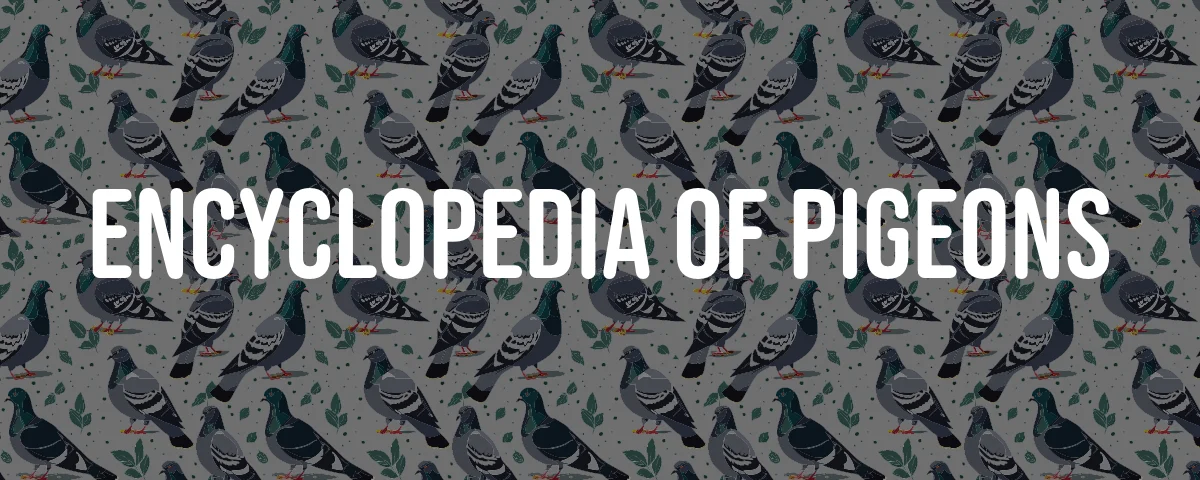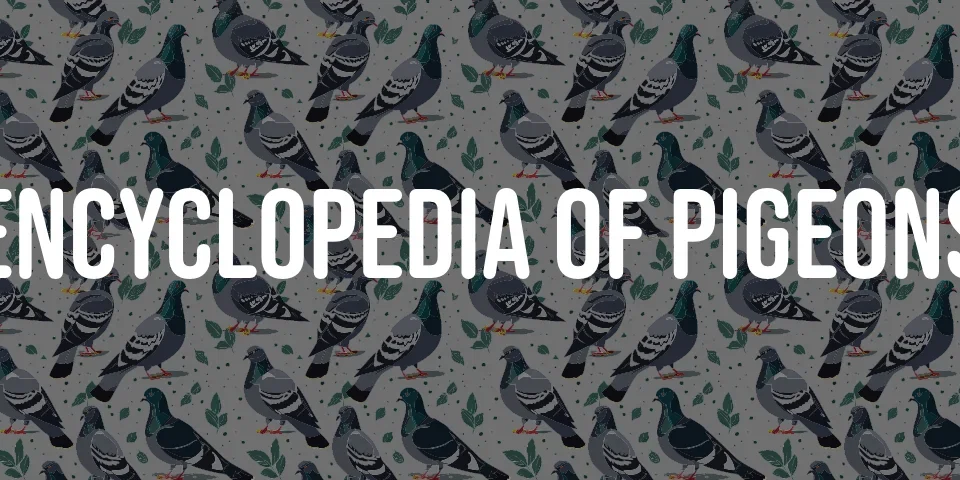The Romanian Satu-Mare Tumbler is a breed of domestic pigeon that is distinguished by its unique flying patterns and physical characteristics. Originating from the city of Satu Mare in Romania, this breed is known for its acrobatic flight, which includes tumbling or rolling in the air. The breed is not only valued for its performance but also for its aesthetic appeal, with a variety of colors and patterns that make it a favorite among pigeon fanciers.
History and Origin
The Satu-Mare Tumbler, as its name suggests, hails from the city of Satu Mare in Romania. The breed’s history is intertwined with the region’s pigeon-fancying traditions, which have been a part of the local culture for centuries. The breed is thought to have been developed through selective breeding practices aimed at enhancing both the bird’s flying abilities and its physical beauty.
Physical Characteristics
The Satu-Mare Tumbler is a small to medium-sized pigeon with a compact body. It has a broad chest, a rounded head that is often described as “dice-shaped,” and a short beak. One of the most distinctive features of the breed is its shell crest, which adds to its ornamental value. The eyes of the Satu-Mare Tumbler are typically light red, surrounded by ceres that are desirable when they are of a lighter shade.
Table of Key Data
| Feature | Description |
|---|---|
| Origin | Satu Mare, Romania |
| Size | Small to medium |
| Body Shape | Compact |
| Head Shape | Rounded, “dice-shaped” |
| Beak | Short |
| Crest | Shell crest |
| Eye Color | Light red |
| Eye Ceres | Light shade preferred |
| Tail | Broad, often white |
| Wings | Carried neatly on the tail |
| Flight Pattern | Acrobatic tumbling or rolling |
| Colors and Patterns | Variety, including silver, ash red, bronze |
Behavior and Temperament
The Satu-Mare Tumbler is known for being an active and lively bird. It has a light, quick cooing voice and is always on the move. When well-trained, these pigeons can fly in small or larger groups, performing their characteristic tumbling flight. They are also kept in aviaries, partly to protect them from predators and partly because some color varieties are becoming increasingly rare.
Breeding and Varieties
The breed comes in several color varieties, which include but are not limited to silver (argentii), ash red (bujori), bronze (cafenii), rusty red (orbetean), and blue with bronze wing bars (vargatii). The whitetail (codalbii) variety is also popular among breeders. The breeding of Satu-Mare Tumblers requires attention to maintaining the breed’s standard characteristics, including the shell crest and the light red eye ceres.
Conservation and Popularity
The Satu-Mare Tumbler, like many other local pigeon breeds, faced challenges in terms of conservation. However, a new generation of pigeon fanciers in Romania has taken an interest in preserving these national treasures. The rise of the internet has facilitated communication between fanciers, which has been crucial for the breed’s survival and popularity. The breed has been exhibited internationally, and efforts have been made to draft European Standards for Romanian pigeon varieties.
Cultural Significance
Pigeon fancying is a deeply rooted tradition in Romania, and breeds like the Satu-Mare Tumbler are a part of the country’s cultural heritage. The breed’s presence in international shows and the drafting of standards for Romanian pigeon varieties highlight the importance of these birds in the national and international pigeon-fancying communities.
Challenges and Future
Despite the renewed interest in the breed, challenges remain. The need for conservation efforts is ongoing, as some color varieties are still at risk of becoming extinct. The breeders’ community must continue to work towards maintaining the breed’s characteristics and promoting its popularity to ensure the Satu-Mare Tumbler’s future.





